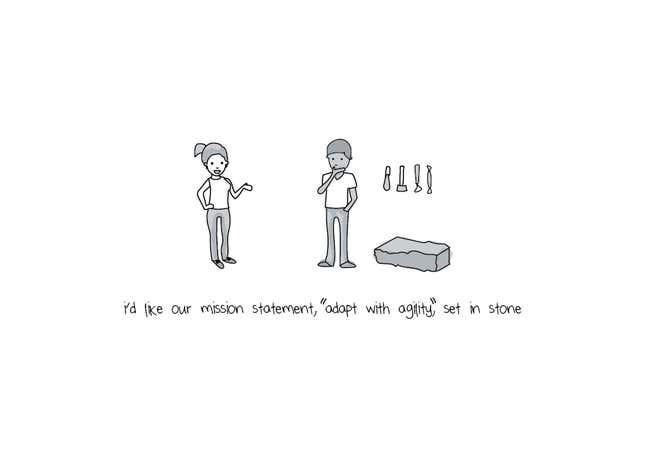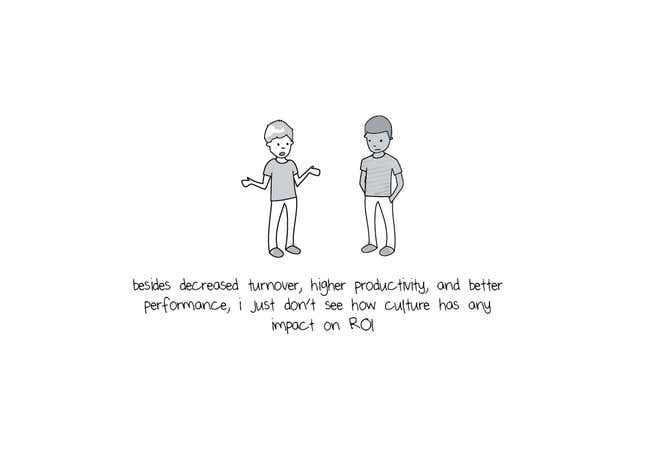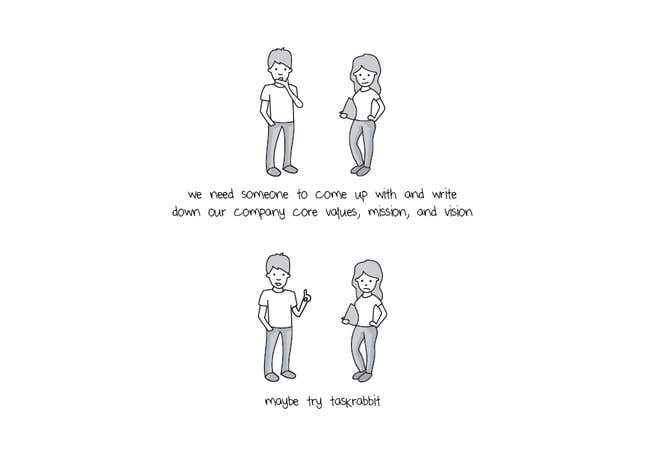1. Do nothing

Truth: Because start-up organizations have so many other pressing demands, reflecting on culture often gets de-prioritized. You must dedicate time to getting together with your senior team and asking each other what you believe in.
2. Say nothing

Truth: Write it down, share it, and practice it. Many of the companies with the strongest cultures (Google, Netflix, Zappos) spent time crafting their culture codes.
3. Rely purely on perks

Truth: The physical artifacts of culture (the ball pits, the free food, the team t-shirts) are the tip of the iceberg. The more important part of culture is the deeper set of rituals, norms, and beliefs that guide every day behavior.
4. Ask no one

Truth: It’s good to define what sort of culture you want at the outset of your company’s journey, but you should involve your core team.
5. Ignore fit when interviewing

Truth: Use structured interviews to test for cultural fit and job performance. Maintain a high bar for talent.
6. Start caring only when you have 100+ employees

Truth: Once a company is medium or large sized, it is incredibly hard to change the culture. The golden window of time is before the company’s patterns are routinized, and when the founders still know everyone personally.
7. Refuse to change

Truth: Once created, culture is not set in stone. Organizations should revisit their values every few years and ask employees to share ideas for changes and additions.
8. Assume culture doesn’t impact ROI

Truth: According to a survey by Steelcase, “In a survey of start-ups, almost 90 percent of managers said that culture was foundational to the success of the organization. But only 70 percent of start-ups were satisfied with their culture.” (Boosting Culture, Steelcase 360 Magazine, Issue 69, 2015)
9. Hand off culture to HR

Truth: Culture is the basis of a company’s identity and beliefs. Because of this, one of the most important roles for leaders is creating and maintaining culture.
10. Copy and Paste your culture from Google

Truth: What’s counter-intuitive is that culture is not a one-size fits all fix. Unlike teaching strategies for marketing or finance, teaching culture is not always applicable across companies.
